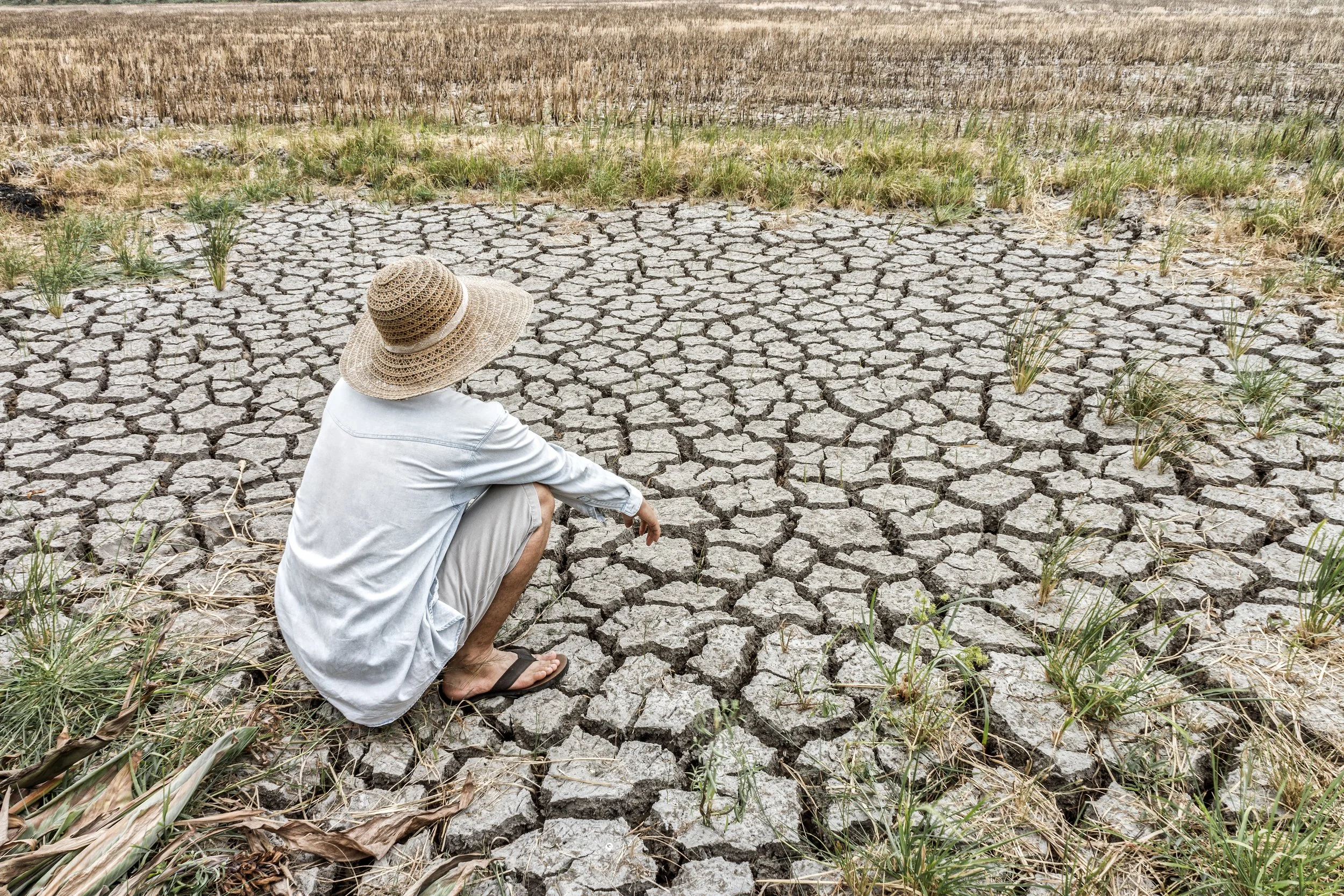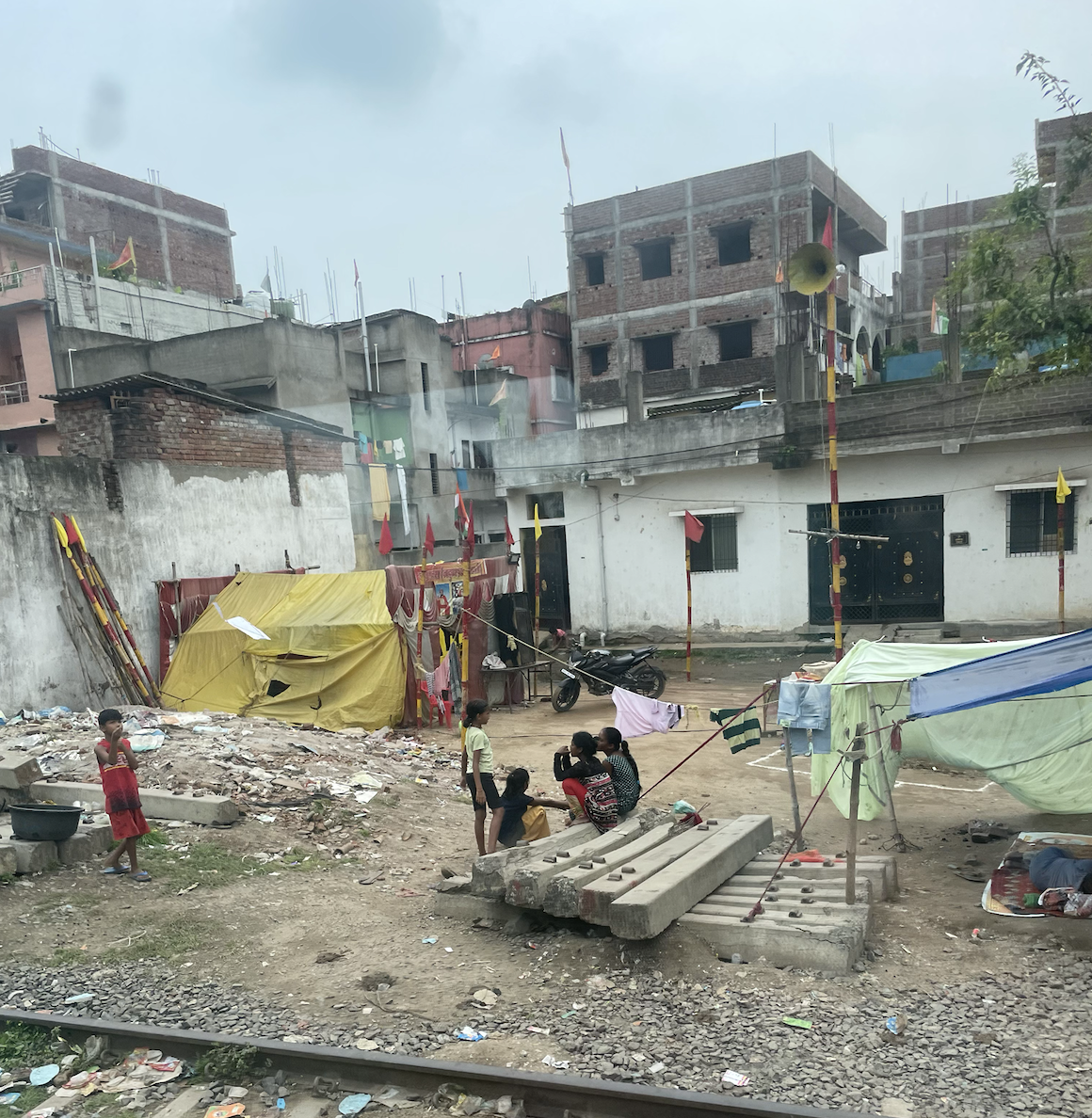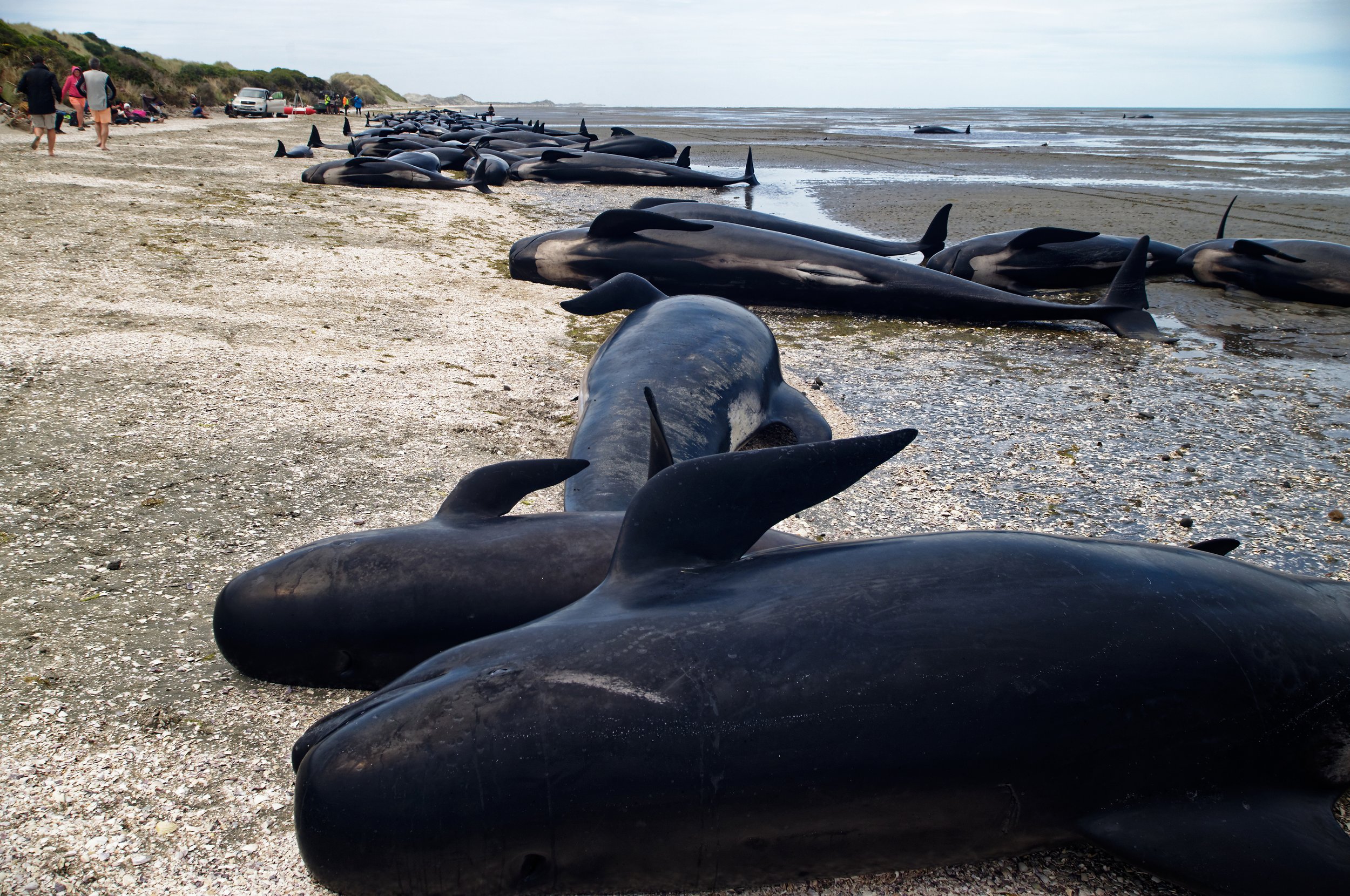
Climate change harms people and animals everywhere.
Low-income communities
Climate change impacts everyone, but it impacts low income communities the most. These are the places that contributed the least but will suffer the worst consequences.
What effects?
In the poorest places, like South Asia and sub-Saharan Africa, these effects mean things like floods and droughts, which lead to a lot of bad things, but mainly lead to less crops, higher food prices, and, in turn, less profit for farmers and an exacerbation of the poverty cycle. More people will experience acute hunger, malnutrition, and many other negative effects, and these low income countries will get the worst of it and be the least prepared.
Some other effects include extreme weather, like hurricanes, heat waves, and harsh winters, all of which impacts crops yields, farms, and everyone else living in these communities.
In simple words: The poorest areas have the least resources to combat climate change and have made the smallest contributions to the problems, but will get the worst effects. There are many effects, from floods and droughts, to extreme weather, heat waves and harsh winters. These lead to things like acute hunger, malnutrition, and more poverty.
Who does it affect?
It affects everyone in these areas, primarily small-hold farmers, herders, and fisheries. All these people rely on the climate and natural resources to feed themselves, their families, and to make a living, so even small changes in the climate would mean things like low crop yields, which could lead to devastating consequences for these people.
In simple words: People who rely on the climate, like farmers, herders and fisheries will be the most affected by climate change.
How many people does it affect?
3 out of 4 people in poverty rely on natural sources and agriculture to survive.
Climate change will push up to 130 million people into poverty by 2050.
In simple words: Climate change affects a lot of people, now and in the future.
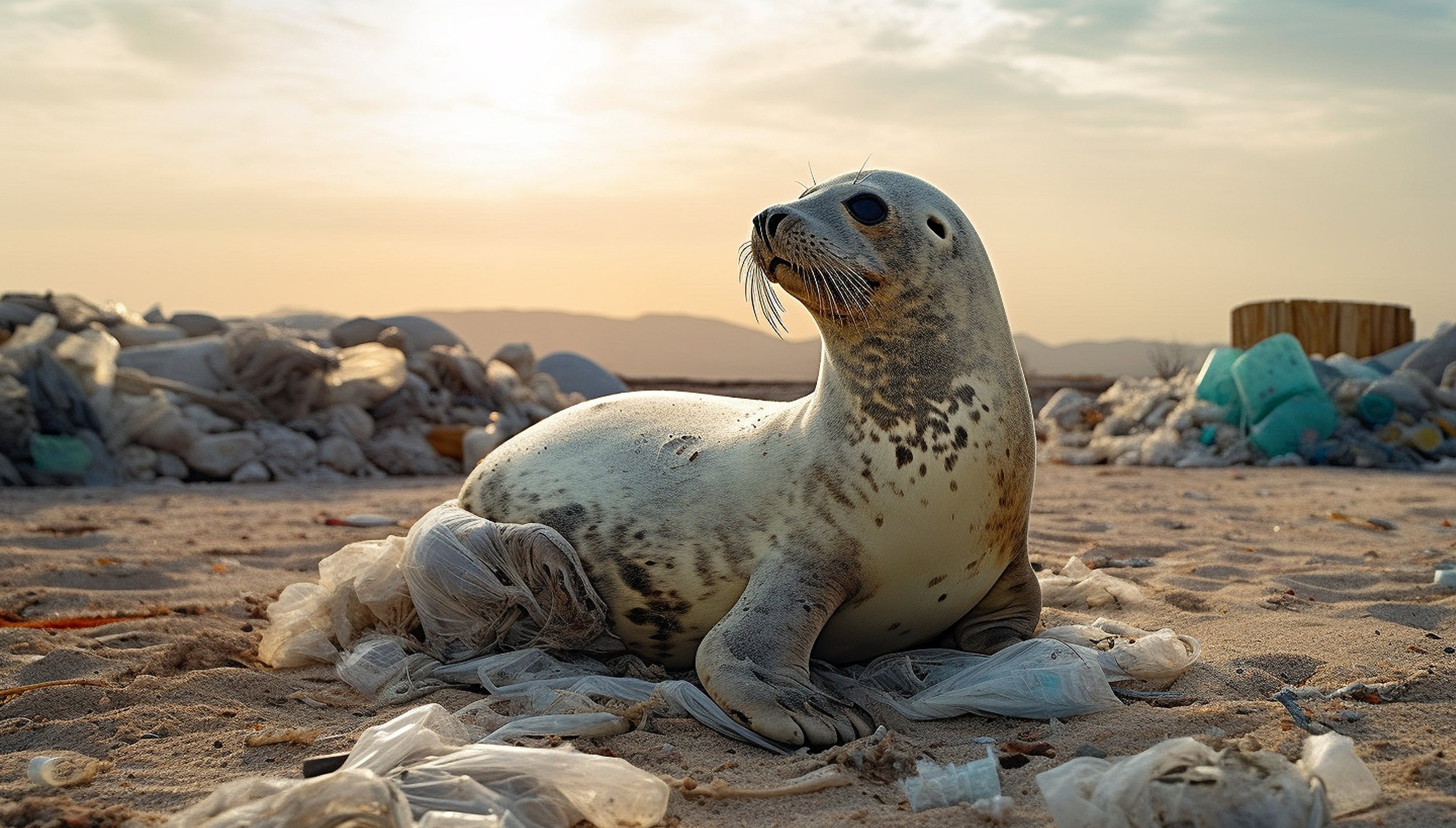
Wildlife
Climate change affects all kinds of wildlife, from endangered species to common ones, in all sorts of ways. Some experience habitat loss, others have ecosystem imbalances, and others are simply being killed off. Wildlife is impacted by the causes and effects of climate change, as well as the careless actions of human beings, from pollution to plastics.
Which wildlife, specifically?
Climate change affects literally all wildlife, but there some prioritized species of concern. These include aquatic animals, such as sea turtles, and many land animals, such as polar bears and elephants. You can see a more in-depth description of the threats to every animal and habitat below.
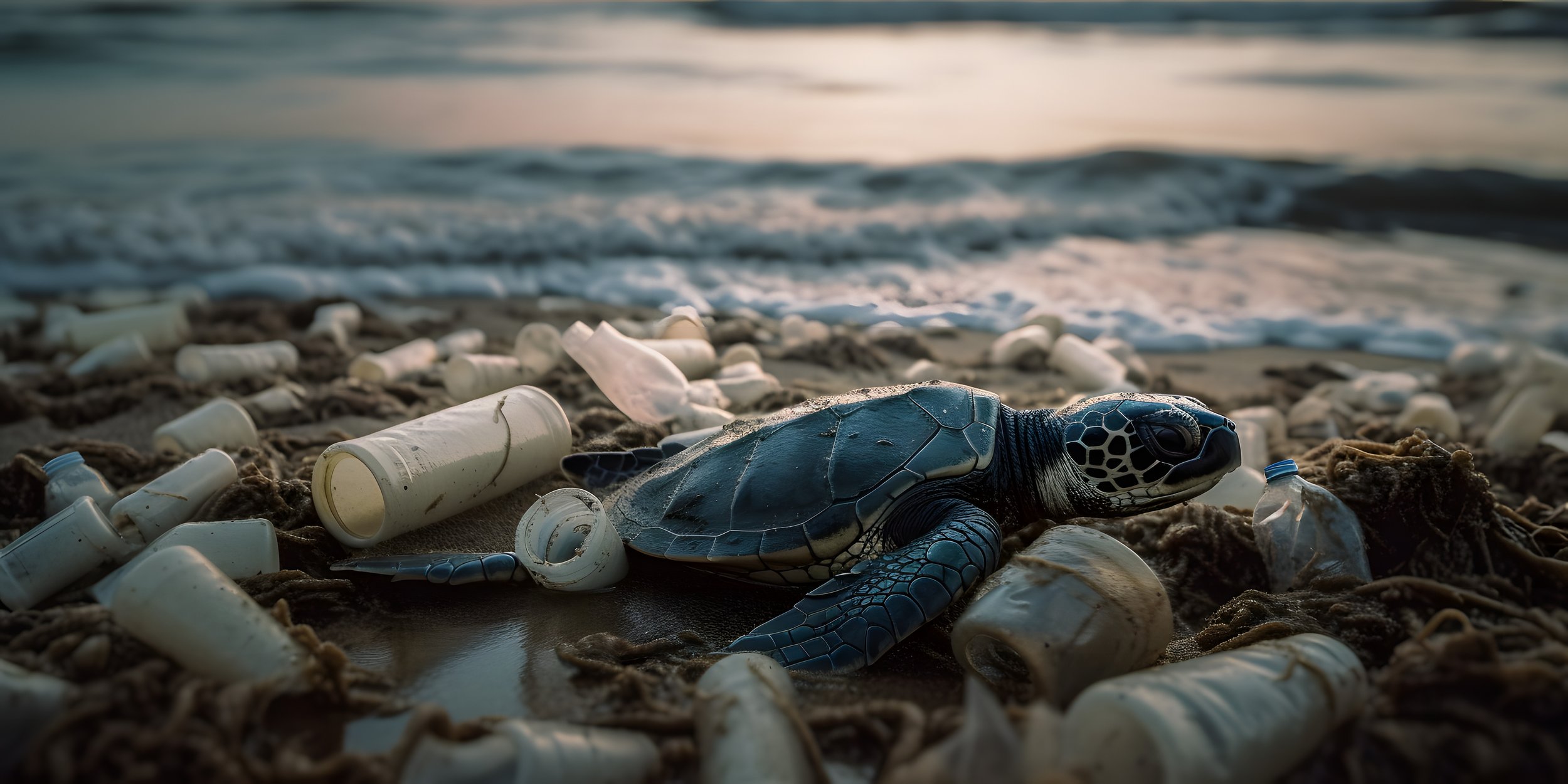
Turtles?
Sea turtles are one of the most advocated-for species when it comes to climate change. Turtles are mainly impacted by plastic pollution, as you can see in the picture. They often mistake plastic bags for jellyfish and try and eat them, which never turns out well. Plastic can rupture their internal organs and block their intestines, which means they won’t be able to consume any more food. So, not only is plastic a bad thing to eat, it prevents turtles from eating anything else until it’s removed. Turtles can also get stuck in plastic while swimming or crawling on the beaches. Once they get in, it’s very hard for them to get out. Turtles can also intake plastic when they eat fish or other organisms that have eaten plastic. In the oceans as they are today, and on the path they’re on, it is getting harder and harder for turtles to survive, given all the plastic in their food and habitats.
Nearly all species of turtles are classified as endangered.
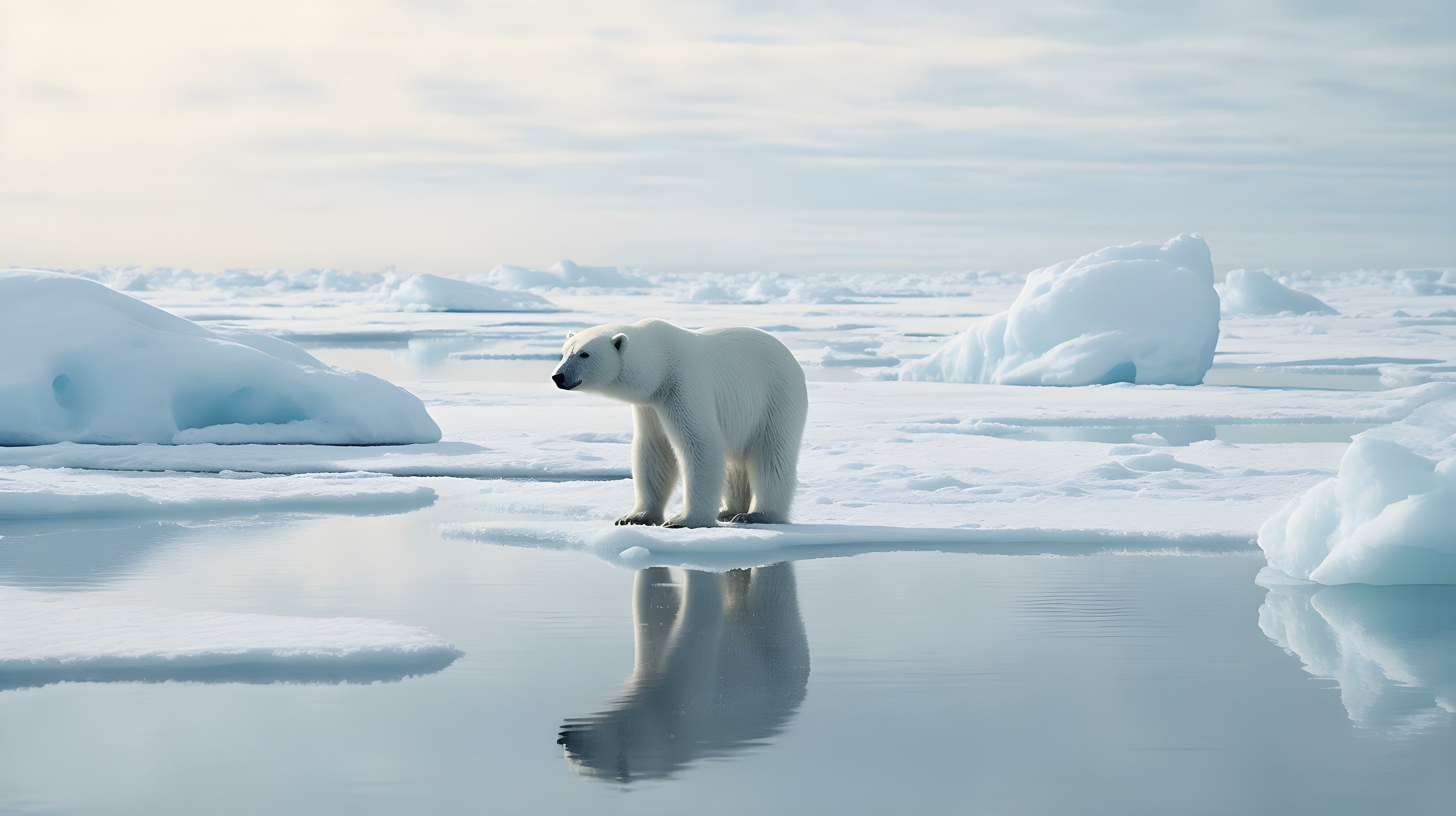
Polar bears?
Polar bears are also a very highly-advocated for species. Polar bears, unlike turtles, are directly impacted by climate change. Specifically, habitat loss. Global temperatures rising means Arctic ice melting. Arctic ice is the main habitat for polar bears, so with the Arctic ice melting, they are losing their habitats. They rely on the Arctic ice for traveling, hunting, and storing energy. With the ice melting, they hunt less and have less food available and many polar bears even starve. Less food means unhealthy bears and results in lower reproduction rates and eventually local extinction. Furthermore, the melting of the Arctic ice also threatens the polar bears’ main prey - seals. Additionally, polar bears are also threatened by toxic chemicals, which are abundant in the polar bears’ environment and food chain. This is bad for both the polar bears and their cubs and it lowers survival rates. Polar bears are also affected by oil exploration. They are disturbed by the noise, chemicals, and habitat destruction. Additionally, oil spills can reduce polar bears’ insulated coats, meaning it takes more energy to stay warm, making them hungrier. Finding this extra food will be difficult since seal populations are already decreasing from the ice melting. Polar bears also often consume oil accidentally, which can result in organ failure and poisoning.
Polar bears are classified as endangered.
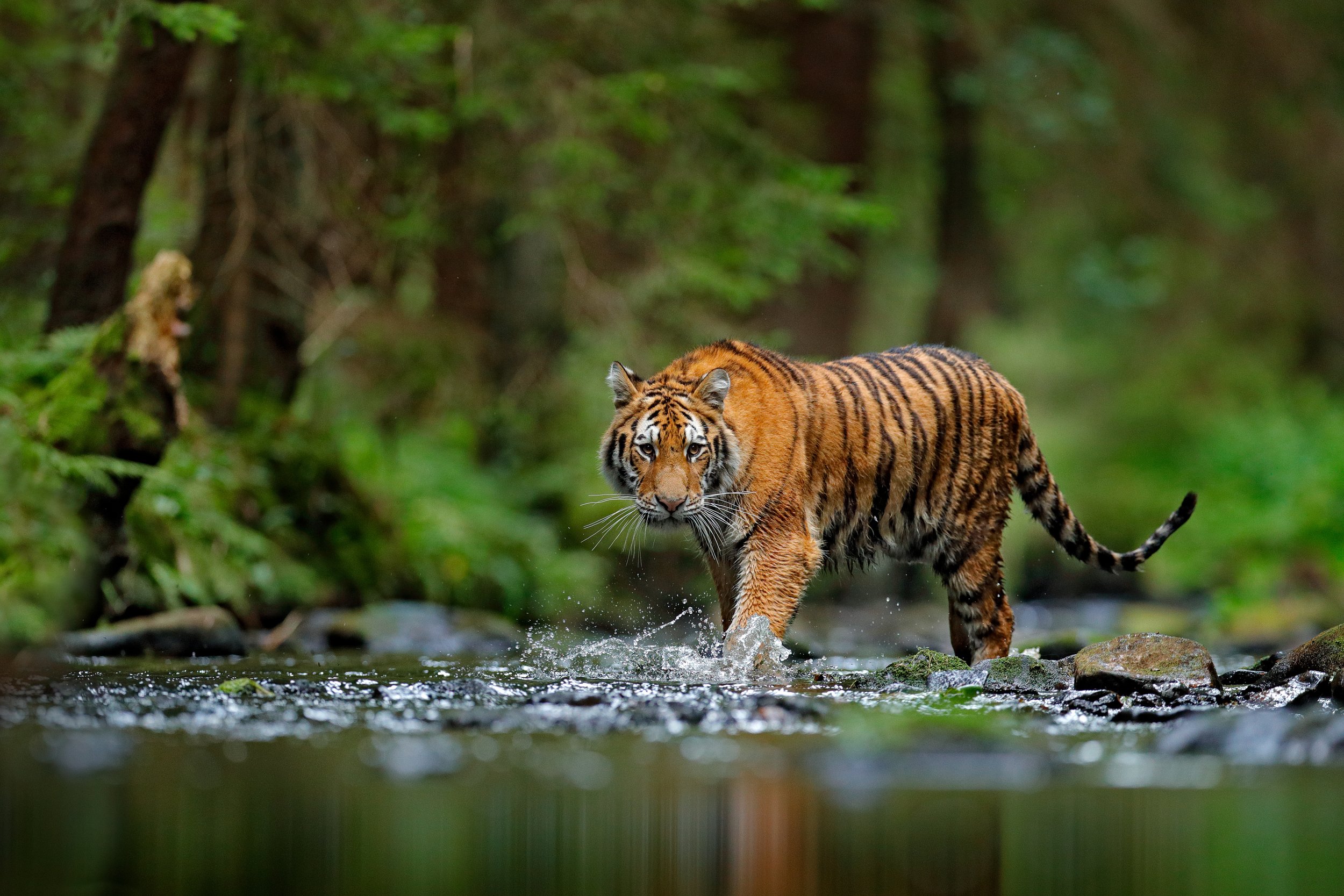
Tigers?
Tigers are also experiencing many things like habitat loss and water loss from climate change. Deforestation, wildfires, and rising sea levels are three major causes for habitat loss. While the first two are self-explanatory, rising sea levels result in higher salt levels which kill off trees and causes freshwater scarcity. This forces tigers to move to higher altitudes, in search of prey and a habitat. Another large issue is human-wildlife conflict. As droughts become more potent, as well as a lack in freshwater, tigers find their way into villages in search of water, leading to dangerous situations for both the humans and the tigers. Additionally, prey often graze in villages and tigers end up going into villages to hunt. This results in villagers setting up traps that endanger the lives of these animals.
Tigers are classified as endangered.

